This is the first in a series of articles on ‘Role of a Naval Architect’ by Mr Bijit Sarkar, a Naval Architect with 35+ years of experience in ship design and shipbuilding.
I would define a naval architect as one who has the ability to greet the client as he/she walks into his/her office with an idea of a ship and at the end of the project, receive the final payment from the client with thanks after the commissioning of the vessel.
So, in essence, he/she should be able to conceive, design, build and commission a ship which should meet all the performance and safety criteria and is built within the budget and time frame.
The naval architect should have deep knowledge in certain areas of the whole process and enough knowledge in the others to be able to communicate with the domain expert. This applies to any type of marine vehicles or structures. A ship needs engineering excellence in almost all aspects of engineering, hydrodynamics, structures, machinery and systems, electrical & electronics, sensors and controls, as well all military aspects like weaponry, detection and deception if it’s a military vessel.
A naval architect is, even at the risk of sounding arrogant, the most complete form of an engineer.
So, let’s put the process a naval architect follows in making the dream of a ship a reality down in steps
- Concept – The owner, after his/her analysis of a ship’s requirement, will come up with the very basic parameters of the vessel. He/she has but a concept as to what he/she wants the ship to do. The ship could be a Panamax or she could be a tiny sports boat.
A Panamax Container vessel (source: Wikipedia)
- Requirement Specs– At this stage, crystallization of the idea starts. Different aspects of the vessel are elaborated by the owner as far as possible. The owner may suggest the major dimensions, the speed and the purpose. The purpose could translate into displacement for a bulker, surveillance capability for a coast guard craft, bollard pull for a tug, or passenger capacity and comfort for a ferry.
- Forward Design – Armed with the specs above, the naval architect puts on his/her thinking cap and starts on the forward design. He/she takes the vessel through the design spiral. The hull takes shape, powering and other performance are ascertained. A general arrangement drawing has to be agreed upon. This is where the experience of the naval architect is at its best. Usually one would start with the requirement of space utilization and speed specified by the prospective owner. Important factors would be engine sizing, cargo volume and weight, other functional requirements, deck-wise layout. In a future article, we will elaborate on the procedure to be followed to form a satisfactory general arrangement drawing.
A General Arrangement of a Container Vessel
- Main Machinery Selection – Depending on the speed and power requirement, engine power is determined and a range of engines and gear boxes is listed to choose from. A load analysis is done to select the generators and other pieces high cost and long delivery items. The accuracy with which one needs to estimate the power depends much on the type of vessel. One should start with a research of similar vessels already operating to get the first basic idea. One can carry out a Computational Fluid Dynamics (CFD) analysis. However, bear in mind that while for standard hull forms, CFD can predict with certain level of accuracy, for unusual hull forms, it is better for comparison between two hull forms rather than an absolute value. The best method is to carry out a model test in a model test basin. However, the process of making changes in the hull form and retesting is both time consuming and costly procedure. This is where CFD can help in reducing the number of variations. The decision to carry out these tests depends upon the naval architect and the owner and is probably best be carried out at the design stage. At the bidding stage , it is advisable to estimate by standard empirical or regression analysis methods. Different empirical methods are suitable for different kinds of vessels and for different speed ranges. For example, if you are designing a round bilge high speed hull, the link here gives you an application which helps you determine which is the most suitable method for your vessel. Another application based on empirical method of Holtrop-Mennen can be found here.
- Planning – Both yard planning and cash planning is needed at this stage to be able to fit the ship into the present business environment of the vessel. You will have to carefully judge the booking of the yard’s facilities and commit accordingly. You may also want to ascertain how much of the work has to be outsourced if your resources are not adequate enough. Cash flow, of course, is of paramount importance. Cost of finance is an important factor. My personal experience is that more shipbuilding project lose their viability not because of technical or manufacturing problem, but because of the cash flow. Even small delays in procurement or vendor payment corrode away the profitability of the project.
- Costing – The deeper the naval architect drills down at this stage, the more accurate the costing will be. For this, it is necessary to have a database of items’ costs and to continually update the database. If he/she does not have an idea of the cost of the item, call up the manufacturer and request for a budgetary cost with a preliminary statement of requirement. This is an industry where help is always forthcoming. The network you have built up comes to enormous help at this stage. Do not forget to include the indirect costs. Taxes, transport, Quality assurance, material handling and banking costs – all contribute to the final cost.
- Build Spec – Now the naval architect is in a position to create the specification in detail with the updated general arrangement drawing of the vessel. In principle, this is the binding document on which the contract is based and any modification after this stage may invite cost implications.
A typical technical specification may contain different sections relating to various disciplines as shown above
- Contract – The better the understanding and trust between the client and the builder, the shorter is the contract. Each party should have the attitude that the primary responsibility of the contract is to complete the ship to both parties’ satisfaction and not to penalize each other for deviations and defaults.
- Preliminary Design – The time has come to give the hull a final shape. First thing the naval architect should do now is to develop the weight distribution of the vessel in as much detail and as much accuracy as possible. I consider this operation as the most important aspect of the design process. The sensitivity of the design is dependent on this to a very large extent. For a bulker, a variation upward in lightship weight would mean less deadweight, and hence a diminished earning capacity throughout its life. For a high-speed craft, a very minor excess may result in drastic loss of speed.
The weight distribution of the vessel is critical to be established with highest possible accuracy during the preliminary design stage
- Statutory Drawing – Remember that you are the designer and the class rules are for guidance. When you are at this stage of the design, put yourself in the position of the shop supervisor and make sure that the drawing has enough detail and clarity for him to build it without confusion. Do not submit drawing in a hurry just to meet schedule. Errors at design stage can escalate the building costs to no ends. Check and recheck the drawings before submission for approval or for production.
- Statement of Technical Requirement (SOTR) for each item- Bill of Quantities (BOQ) Lev1 for Supply Chain Management (SCM )– Prepare the statement of requirements and shoot off to prospective suppliers for quoting. Specify very clearly that weight will be a factor for consideration. Demand accurate arrangement drawings with bolting plans right at this stage. Any deviation from this at the time of supply should result in penalty. Unless accurate bolting plans are available, you won’t be able to start with your seating drawings – which are the main interphase between machinery and structure of the ship. For bulk items, mention that the quantities may vary to a percentage on final order. Order initial steel at this stage.
- Detail Design – Most yards now follow the 3d virtual model as the first step for the detail design. It is important to leave placeholders for items for which formation is still not available. Go over the layouts repeatedly to ensure optimization, proper flow and maintenance and operation. Make drawings necessary for production. Have regular interactions with the yard. Remember you are a team.
- BOQ Level 2 for procurement – With the detail design in progress, now the naval architect is in position to place orders, for which the initial processing was done with BOQ level 1. You need to be sure of the quality and quantity of the receipt material. Specify packaging and preservation recommendation for the time they reach the yard and to the time they are installed on board.
- Build the hull – This process should start right after completion of Class drawings and on procurement of initial lot of steel. It may be a good practice to order together but procure in stages to keep inventory in control and not to have funds tied up.
- Make Pipes
- Install Machinery
- Install Pipes
- Electrical design & Installation
- System Integration
- Trial
- Commissioning
The other disciplines – from Piping to Commissioning shall be covered in detail in future articles

Bijit Sarkar
Naval Architect
Bijit Sarkar is a graduate of 1981 from Indian Institute of Technology, Kharagpur with honors in Naval Architecture followed by Ocean Management Training from International Ocean Institute, Malta.
He has been a designer, an innovative one, all his life – designing ships of all varieties but primarily military vessels. Apart from marine, he has design experience in a wide gamut of engineering.
Attached to his alma-mater as member, advisory in the expansion programs of the departments, his special areas of interest , where he is putting a lot of effort into are Renewable Energy, Pollution and global effects, Artificial Intelligence in shipbuilding and Bio-mimicry.
Disclaimer:
The views, information, or opinions expressed in this article are solely those of the author and do not necessarily represent those of TheNavalArch Pte Ltd and its employees
-
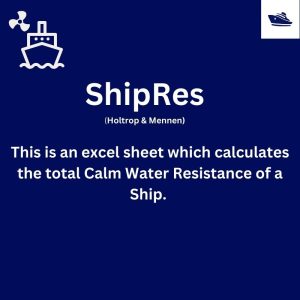
Ship Resistance Calculator (Holtrop & Mennen)
$99.00 Add To Cart -
Sale!
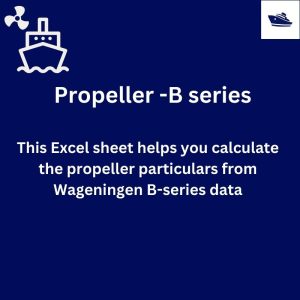
Wageningen B-series propeller designer
Original price was: $69.00.$49.00Current price is: $49.00. by tna_v14 Add To Cart -
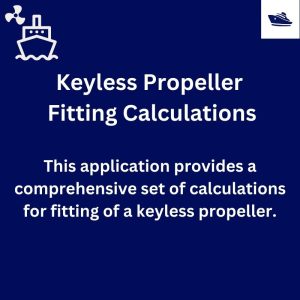
Keyless Propeller Fitting Calculations
$49.00 by tna-v1 Add To Cart -
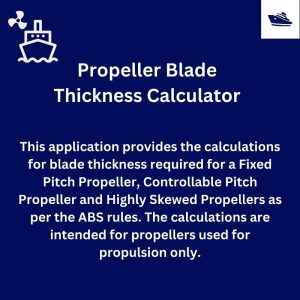
Propeller Blade Thickness Calculator
$39.00 by tna-v1 Add To Cart -
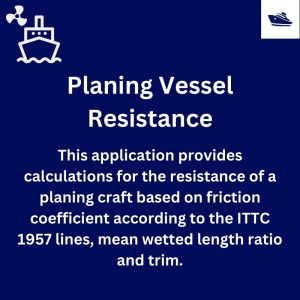
Planing vessel resistance calculator
$99.00 by tna-v1 Add To Cart -

Round Bilge Hull Resistance Method Selector
$99.00 by tna-v18 Add To Cart -
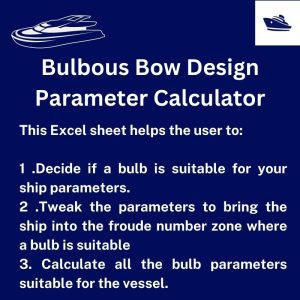
Bulbous Bow Design Parameter Calculator
$99.00 by tna-v18 Add To Cart





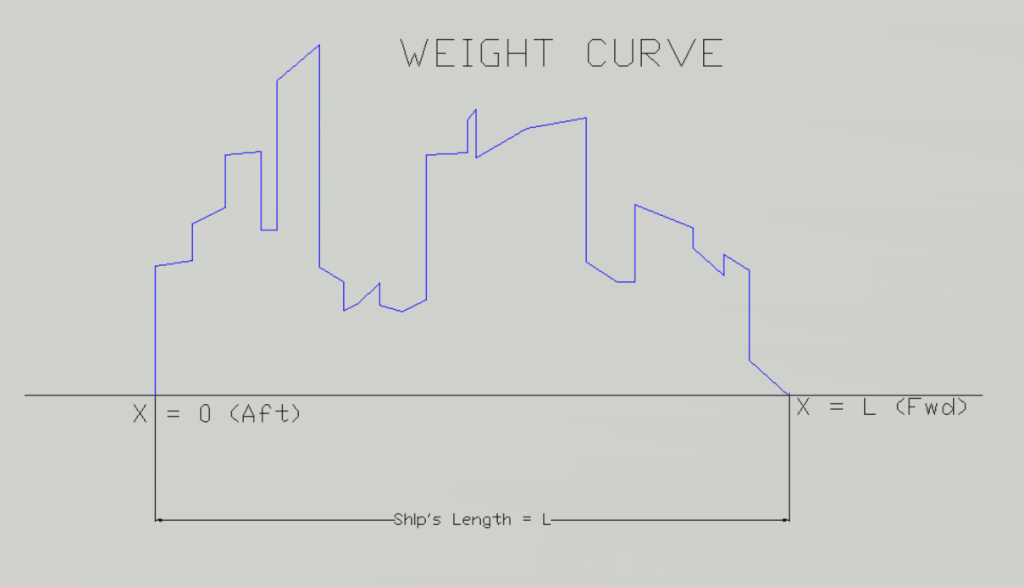
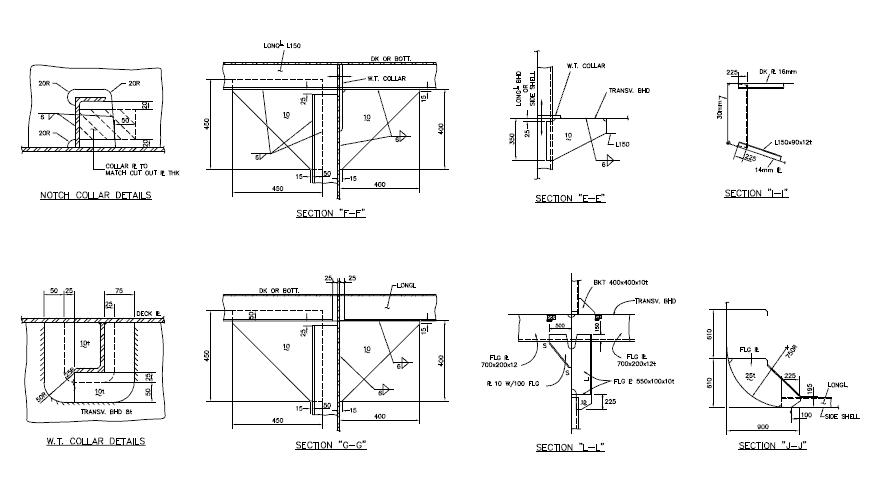
I am a Chemical Engineer but have no clue what a Chem Engg does! Wish someone had written this about Chem Engg..would have stayed loyal to my engg discipline
The article is really great and perfectly portrays the role and involvement of a Naval Architect from the stage of a Concept Design. People often feel that the role of a Naval Architect is limited to a specific part of the project (like Concept Design/Basic Design/Stability/Detailed Design of Piping, HVAC mad Machinery etc.). The truth is that you need a Naval Architect in every aspect of the project starting from the stage of Concept Design to the delivery of the vessel. This article nicely explains it.
Looking forward for the subsequent parts.
It is beautiful read must article for one and all connected with ships in any which way….
Bravo Mr. Sarkar…please keep it up.
great article. thank you
As a semi-layman but a trained engineer, I found this to be a very informative article about the range of disciplines that a practicing Naval Architect needs expertise in. The author paints a clear picture of the Naval Architect as a complete all-round engineer.
I would love to see a follow-up article, in the same vein, focusing on how the construction process proceeds with the integration and testing of progressively larger sub-systems, culminating in the ship with its myriad interacting systems coming together as a whole to fulfill its design mission.
Bravo to the author, and please keep them coming!